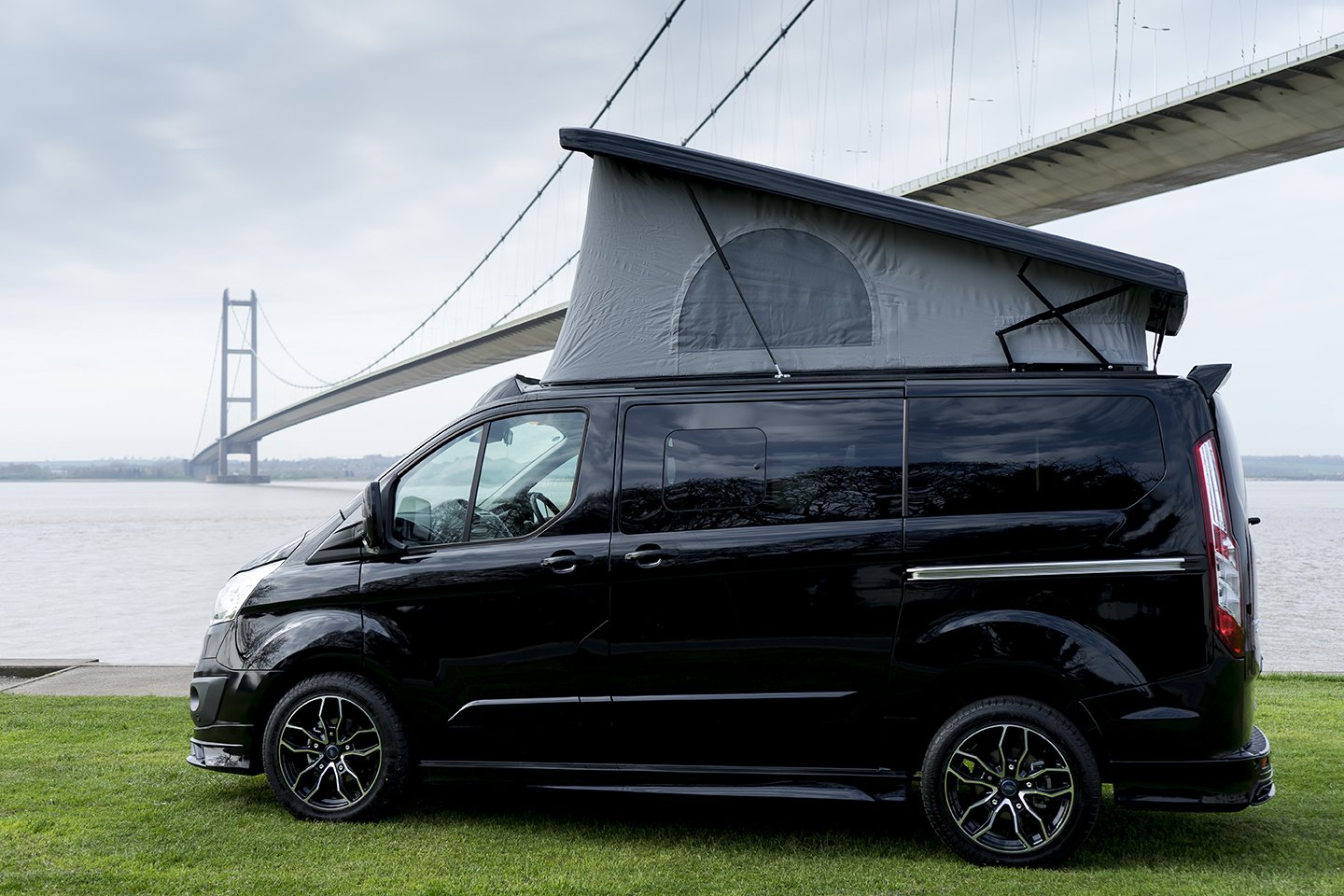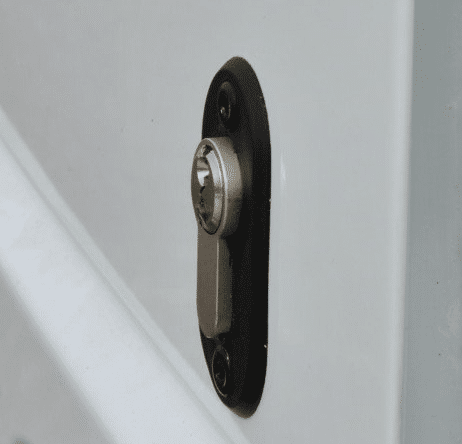Important Things to Consider
If you have opted for a commercial van conversion, there are many important things you need to consider, to ensure you remain safe and compliant while on the road.
Seeing a commercial van specialist is a great option for converting your van to meet your specific requirements. Van converters are specialists in their field and are familiar with adapting commercial vehicles to help benefit the business. Van conversions are used in a wide range of industries, including retail, telecoms, commercial goods, food trucks, utilities, environmental, local authorities, emergency services and more.
When expertly designed and produced, converting an existing van comes with many benefits, including:
- User friendly
- Boost productivity
- Cost-effective
- More efficient
This is because when you convert a van, you can tailor the requirements to meet specific business needs, to make it work better for you.
There are many different things you can include in conversion, including:
- Changing the purpose of the vehicle
- Stripping out the inside to create more space for goods
- Adding shelves and units to store equipment and tools
- Installing lights for visibility
- Installing specialist equipment for specific work needs e.g. cables for telecoms
Any additional adaptations can significantly increase productivity as it allows the equipment to stay safe and protected, provides users with better visibility of their tools and equipment, space for goods to be loaded equally, increased reliability and up to date security to ensure all goods or equipment is secure.
Things to consider when converting a commercial van
Driver’s licence
It is important, when opting for conversion or modifications of a commercial vehicle, that the changes are covered by the current driver’s licence, or steps have been taken to cover if it is not. The correct driver’s licence is a legal requirement and comes with fines and points if the correct licence is not in hand.
The type of driver’s licence that is required will depend on the type of vehicle and the type of driver’s licence you currently hold.
If you obtained a driver’s licence before 1st January 1997, then you may be able to drive a vehicle up to 8,250kg maximum authorised mass (MAM). If you obtained your licence after this date, then you may be able to drive a vehicle up to 3,500kg. If you require a heavier lad, then you must apply for a category C1+E licence.
Insurance
Make sure the insurance is updated to reflect any modifications and significant changes to the vehicle. Even if the changes do not seem significant to you or do not change the intended use of the vehicle, it is important to check with your insurance company regardless, to ensure you are covered. Under the Road Traffic Act, it is required that vans must not be driven at all without adequate insurance. If you have modified a vehicle without notifying your insurance company, you risk your insurance being void, which can cause a detrimental impact on personal and business finances in the unfortunate event an accident is to occur.
Compliance
It is vital to ensure that the modifications that are being made to a commercial vehicle are compliant with UK regulations, and do not interfere with any rules set out by the vehicle manufacturer. The van conversion specialists should be able to advise appropriately, but you should still familiarise yourself with this information before making any changes.
Vans must have a tachograph and speed limiter installed.
Weight
If you often carry a heavy load for business, then it is important to consider the weight changes with the conversion. All vans will have their own weight limit, set out by the government and the manufacturer. It is important to consider how much the materials added will weigh, in addition to your goods and trailers (if necessary) because overloading your vehicle can have negative consequences, as it puts passengers and road users at risk, the strain on the engine and could potentially damage your business goods.
The weight of the van impacts the licence necessary to drive the vehicle, the speed limits that must be followed and the manufacturers recommended limits to keep the vehicle in working order. To work out your vans capacity, you will need to find the gross vehicle weight (GVW) which includes the fuel, oil, passengers and the vehicle itself, and the kerb weight, both of which can be located from the manual. The capacity of your vehicle is the total of your kerb weight, subtracted from your GVW.
Height restrictions
Many van conversions include the addition of ladders and other items placed onto the roof. It is important to consider where you will be travelling with your vehicle and where you need to park it. In some cases, the height may restrict your access.
Speed limits
If the weight and type of vehicle are changing, it might be that the speed you can drive your commercial van on UK roads may also change. Depending on what category your vehicle falls under after conversion, the following speed limits currently apply in the UK.
| Build up areas | Single Carriageways | Dual carriageways | Motorways | |
| Car-derived van | 30 mph | 60 mph | 70 mph | 70 mph |
| Car-derived van with trailer | 30 mph | 50 mph | 60 mph | 60 mph |
| Van less than 7.5 tonnes | 30 mph | 50 mph | 60 mph | 60 mph |
| Van more than 7.5 tonnes | 30 mph | 40 mph | 50 mph | 60 mph |
Information from https://www.gov.uk/guidance/driving-a-van
The speed limits may change depending on location, especially if you intend to travel outside of the UK. It is important to check the speed limits for your vehicle before travel, as vans typically have slower limits than cars.
Registering the changes
Whether the changes you are making are minimal, or significant, you may need to re-register the vehicle with the DVLA if the type of purpose of the vehicle changes.
If you are considering a van conversion, it is important to speak to a specialist to ensure that the purpose of the van suits your business needs and can do and carry everything you need it to do.


 Van Deadlocks
Van Deadlocks